Out superheroes such as Northstar, Batwoman, and Green Lantern's Alan Scott weren't always a part of the landscape of comic book characters. Not so long ago even acknowledging the LGBT community was forbidden in the conventional world of comics. That didn't stop queer cartooning and characters from existing, though. Rather than inhabit the mainstream, a parallel realm of publishing took shape.
Queer comics appeared in gay newspapers, gay bookstores, punk zines, and other underground publications. Unrestricted by the conservative boundaries of the mainstream, queer creators tackled complex issues important to the LGBT community - giving rise to some of the best comics the genre has ever seen.
Curated by award-winning cartoonist Justin Hall (True Travel Tales, Glamazonia), No Straight Lines: Four Decades of Queer Comics celebrates this vibrant underground by gathering a colossal collection of the works for the first time. With comic book lovers conveing in San Diego for Comic-Con today, we spoke with the passionate editor about the challenges he faced producing No Straight Lines, as well as the past, present, and future of queer comics.
TheAdvocate: A project like this seems pretty daunting. What inspired you to produce No Straight Lines?
Justin Hall: I curated a show of LGBTQ comics at the San Francisco Cartoon Art Museum in 2006 called No Straight Lines: Queer Culture and the Comics. It was the world's first museum show of this material; we wanted to do a catalog for it, but the funding fell through. So the idea kicked around in my head for a while and eventually grew into this massive tome that Fantagraphics Books is now publishing. I then spun the project into a class called the Queer Comics Project that I taught at the California College of the Arts; we brought in a number of LGBTQ comics creators, filmed them being interviewed by the students, and then put those clips up on a Tumblr blog (no-straight-lines.tumblr.com).
I've also been working for the last few years as the Talent Relations Chair of Prism Comics, the non-profit advocacy group for LGBTQ comics, and it's put me in contact with an especially wide range of queer comics. This project was indeed pretty daunting, but I was passionate that the book needed to happen, and I found myself in the position of being one of the few people who could actually pull it off.
This book documents a truly underground artistic scene, a hidden history of outsider art illustrating lives denied basic dignity by the dominant culture. It's precisely the kind of work that one needs to fight to preserve, especially since so many LGBTQ people first saw themselves represented in these comics; they hold tremendous social value. On top of that, much of this work is truly amazing, world-class comics art that deserves to be celebrated!
Did you have any unusual difficulties cultivating such a unique collection of comics?
LGBTQ comics have existed in a parallel universe to the rest of the comics world, since they were often shut out of comic book stores and published instead by queer publishers, serialized in queer newspapers, and sold in queer bookstores. Much of this traditional LGBTQ media ghetto is now folding, so many of these comics are definitely hard to find and out of print. This just made the research more fun for me, though, as I had to dig through various archives and distribution warehouses, and track down multiple generations of LGBTQ creators for interviews and information. The material ranges from underground comix, to gay newspaper strips, to punk zines, to webcomics, so there was a lot of ground to cover. When you're a geek, though, this is your idea of a good time!
Since No Straight Lines is an international collection, it also meant finding out about queer comics in other languages, which certainly presented challenges. I'm particularly proud of the material in the book that's been translated for the first time in English, such as the work of Fabrice Neaud, Ralf Konig, and Nazario. These are world-class cartoonists whose work hasn't made a big enough impact in the English-speaking world, and I hope that this book can help their work find an audience here.
Were there any titles you wish you could've included that didn't make it into this collection?
Many, many comics, trust me! But I had to be a rigorous editor for the collection to work. I had three criteria in picking the material for the book, in this order: artistic merit, historical merit, and representational merit. First and foremost, I wanted the collection to be an excellent read, as well as a collection that would represent the history and diversity of queer comics.
No Straight Lines doesn't include erotic comics or manga, as both fields are vast enough to warrant their own books, and I rarely took excerpts from longer narratives such as graphic novels, serialized stories, and long-form webcomics, in order to focus on shorter, complete pieces that would be more satisfying to read in an anthology. Of course, this left a huge amount of stellar material to pick from!
Did you make any new queer comics discoveries while you were working on No Straight Lines?
Of course! Coming into the project, I thought I knew a lot about LGBTQ comics, but after digging for a while I realized my hubris; the material is simply too vast and mercurial for one person to know everything about. I think of this book as the beginning of a conversation about this work, and there's a lot more to uncover. But I'm positive that this book will contain some delightful, unexpected surprises for every reader, no matter what their knowledge of comics and queer culture.
Why is a collection like this important to the comics industry and the LGBT community?
There are interesting parallels between comics and queers; both have a hard time getting respect by the dominant culture, and both have problems understanding their own history. I hope for this book to serve two functions: one, to educate comics fans about this remarkable body of work done outside of the traditional comics industry, and two, to educate the LGBTQ community about this unique artistic tradition that has spanned four decades tackling complex issues of identity and changing social mores with intelligence, humor, and an irreverent imagination. How's that for a mission statement?
As the LGBT community becomes more integrated into society, do you think we'll see fewer queer comics in the future?
Queer comics are changing with the times, but they're not going away. They're broadening their scope, finding new audiences, and to a certain extent crossing over. As an example, Alison Bechdel produced her strip Dykes To Watch Out Forfor the gay newspapers for over 20 years; with the loss of so many of these outlets, she wouldn't be able to make a living at the strip now. However, in 2006 she produced Fun Home, a graphic novel memoir about her relationship with her closeted father, which was named Time Magazine's Best Book of the Year; this would have been impossible without the increased acceptance of both queer narratives and the comics. Obviously, not every LGBTQ comics creator will be able to cross-over like this, but others will find their niche market on the web, reaching many, many new potential fans.
What do you hope people will take away from reading No Straight Lines?
I want people to be amazed! I want them to look at this collection of work stretching from lesbian underground comix, to gay newspaper strips, to bi punk zines, to trans webcomics, and dealing with everything from coming out, to marriage equality, to the AIDS epidemic, to hilarious dance styles and bad choices for a one-night stand, and think: these creators have been holding up a fascinating funhouse mirror for the LGBTQ community for decades. They've been describing our lives in profound, smart, surreal, tragic, and funny ways. I want people to be amazed at the quality of the work, and the quality of the message.
To order a copy of No Straight Lines: Four Decades of Queer Comics, visit Fantagraphics.com.
































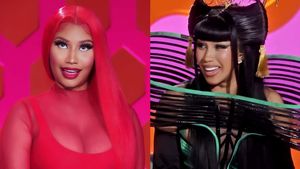


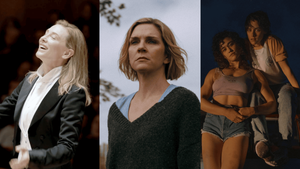
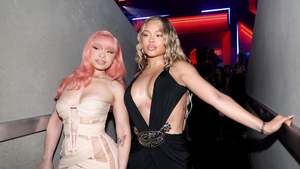






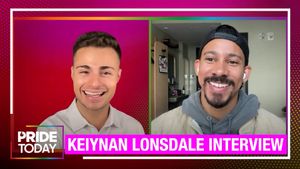


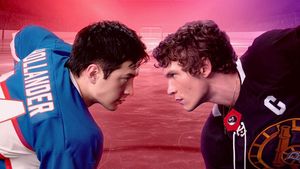



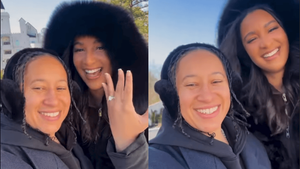


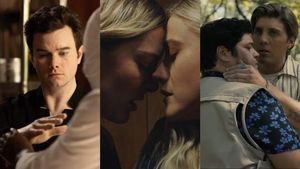
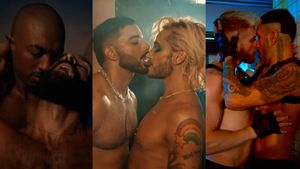








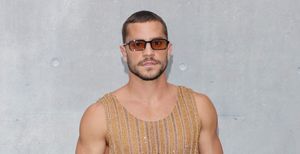
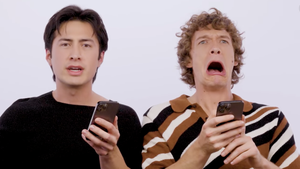

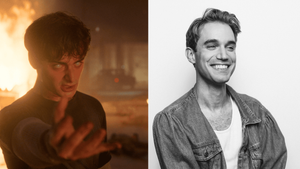

Charlie Kirk DID say stoning gay people was the 'perfect law' — and these other heinous quotes